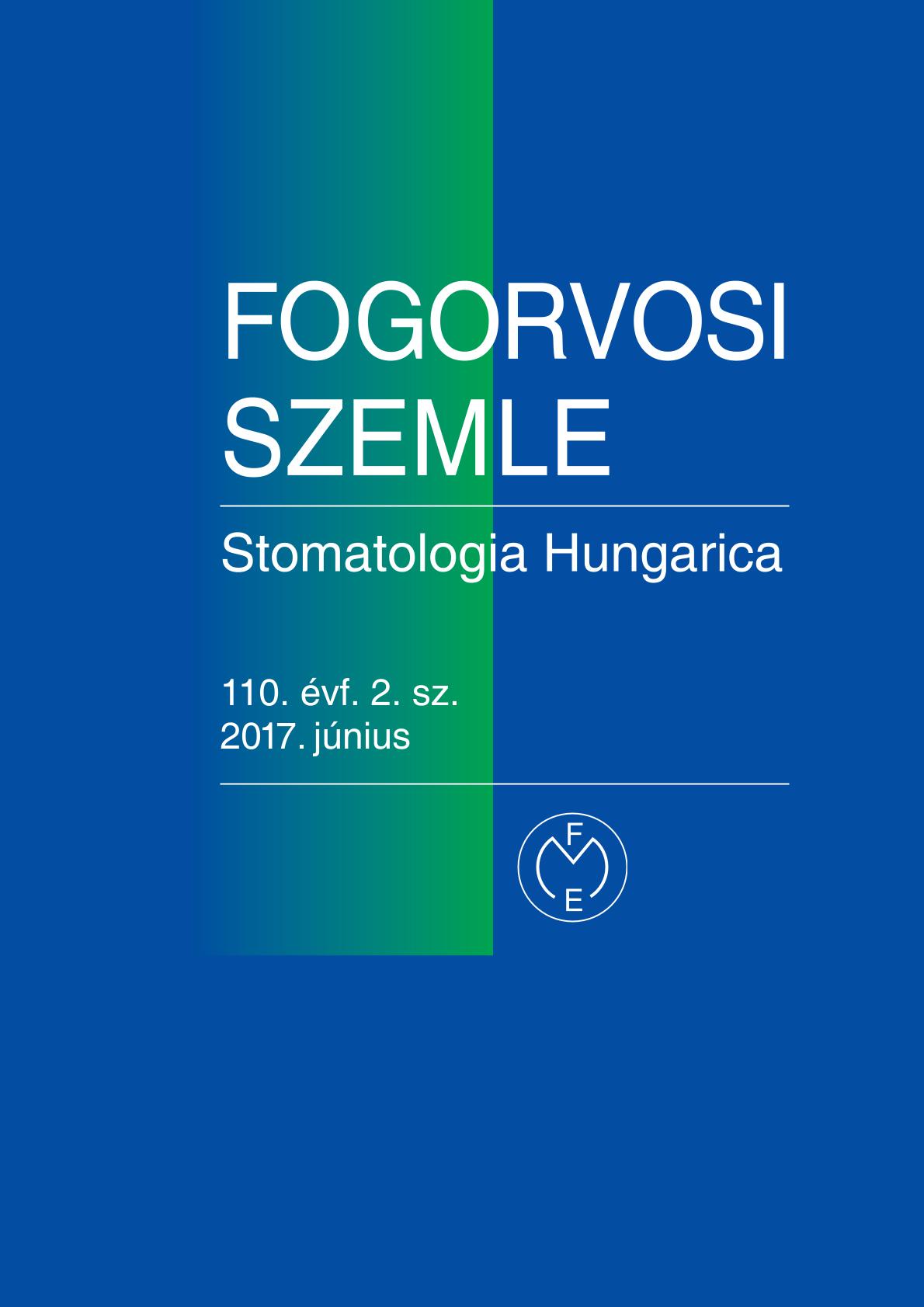The effect of pre-cooling of the orthodontic miniscrew on the in vitro intraosseous heat production.
Abstract
Orthodontic miniscrews can be applied safely for skeletal anchorage during orthodontic treatments. During manual insertion
of self-drilling miniscrews, heat may be expected, which can be harmful to the bone.
The aim of the authors was to determine the intraosseous temperatures produced both with room temperature and
pre-cooled mini screws. 1.6 x 8 mm miniscrews were placed into porcine ribs with ~2 mm cortical thickness with the
help of the manual wrench while temperature changes were registered using thermocouple sensors. For the pre-cooled
screws, the adapter and the screws were placed into commercially available refrigerator before measurements.
The temperature differences of the two procedures i.e. room temperature vs. refrigerated screw placements were
compared using the two-sample t-test.
The average temperature increase in the bone was significantly higher (ΔT = 11,3°C) when a room temperature miniscrew
was applied than during the insertion of the pre-cooled miniscrew (ΔT = 6,6 °C).
The intraosseous temperature values of this in vitro study, during manual insertion of orthodontic miniscrews showed
clearly, that pre-cooling can significantly reduce bone temperatures, which may reduce complications originating from
overheating of the bone.
Copyright (c) 2021 Authors

This work is licensed under a Creative Commons Attribution 4.0 International License.


.png)




1.png)



